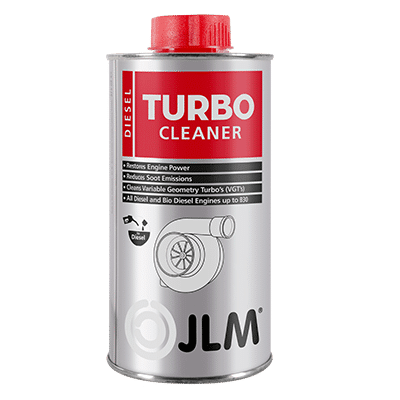What is DPF Regeneration Fluid (Eolys)?
Eolys is a fuel-borne catalyst designed to lower the temperature at which soot burns off in the DPF, making it easier to achieve effective regeneration, even during normal driving conditions. Without Eolys, the DPF would require the exhaust temperature to reach levels typically only seen during high-speed, long-distance driving. For many vehicles, especially those used primarily in urban environments, it would be nearly impossible to reach such temperatures consistently, leading to DPF blockages. Eolys helps solve this problem by lowering the required temperature to around 450°C (as opposed to 600°C or higher without the additive).
How Does Eolys Work?
The Eolys fluid is injected into the fuel system in small amounts with each refueling. Once the fuel is burned in the engine, the additive passes through the combustion process and exits with the exhaust gases. When it reaches the DPF, it acts as a catalyst, reducing the temperature at which the soot particles burn.
In PSA engines, Eolys is stored in a dedicated tank or pouch, separate from the main fuel tank. Depending on the model, this reservoir is usually located near the fuel tank or underneath the vehicle. The amount of fluid injected is monitored and controlled by the vehicle’s Engine Control Unit (ECU), ensuring that the correct dosage is added with each refuel.
PSA Engines and Eolys: The Basics
PSA Group engines that utilize Eolys can be found in many car brands and models, not just Peugeot and Citroën vehicles. Popular models across brands like Ford, Volvo, Mini, and Mazda also share PSA’s diesel powertrains that incorporate this system.
Some common models equipped with PSA engines and Eolys systems include:
– Peugeot 3008, 208, 508
– Citroën C4 Picasso, C5, Berlingo
– Ford Focus, Fiesta (diesel)
– Volvo S40, V50 (diesel)
– Mini Cooper D
– Mazda 3 (diesel)
These vehicles rely on the efficient functioning of the DPF, and the proper maintenance of the Eolys system is critical to prevent costly repairs from DPF blockages.
Key Maintenance Considerations for Mechanics
1. Eolys Fluid Levels
The Eolys fluid is gradually consumed as the vehicle refuels over time. Most vehicles with this system will have a reservoir capable of holding enough fluid to last around 80,000 to 120,000 kilometers (roughly 50,000 to 75,000 miles). As a professional mechanic, it’s important to check the Eolys level during scheduled services, especially as the vehicle approaches these mileage figures.
Most modern PSA-based vehicles will notify the driver via a dashboard warning light when the Eolys fluid is running low, but it’s always a good idea to check levels during routine services to avoid potential issues between service intervals.
2. Refilling and Priming the System
When the Eolys fluid runs low, it must be replenished. Refilling the fluid isn’t as simple as topping off other fluids like engine oil or coolant. It requires a dedicated refill kit and usually involves access to the underbody of the vehicle. Furthermore, after refilling the fluid, it’s necessary to use diagnostic equipment to reset the ECU and inform it that the system has been refilled. Failing to do this will prevent the ECU from recognizing the new fluid, which can result in regeneration issues or even false DPF warnings. Check JLM’s instruction video on how to top up the regeneration fluid for FAP-filters https://youtu.be/ErZIlSQ7Jmc
For many modern PSA engines, this process involves connecting a manufacturer-specific diagnostic tool (like PSA’s Diagbox or other compatible tools) to reset the additive system.
3. Common Issues with Eolys
– Blocked DPFs: One of the most common problems mechanics encounter with vehicles using Eolys is a blocked DPF, often resulting from the driver ignoring warning signs or not using the vehicle for long enough trips to allow proper regeneration. If the DPF is severely blocked, regeneration may not be possible, leading to the need for DPF cleaning or replacement.
– Additive Tank/Pouch Failures: In some cases, mechanics may come across issues with the Eolys tank or pouch itself. Leaks or sensor malfunctions can cause the system to incorrectly detect low fluid levels or fail to inject the additive. Always inspect the system for leaks or hardware failures if the vehicle is showing Eolys-related errors.
– ECU Reset Issues: As mentioned, it’s crucial to reset the ECU after refilling the Eolys tank. Failure to do so can result in continued warning lights or improper DPF regeneration, leading to performance issues. Ensure that you have access to the right diagnostic tools and follow the proper reset procedures.
Best Practices for Mechanics
1. Use the Right Fluid: Use the specific Eolys fluid recommended for the vehicle. There are different formulations of Eolys fluid (like Eolys Powerflex or Eolys DPX 42) designed for different PSA engine generations. Using the wrong fluid can impair DPF function and damage the system. Be aware of (very) cheap after market regeneration fluids, these fluids have no or very little working ingredients which in time will damage the fluid pump and ultimately the diesel particulate filter itself. JLM has developed a dedicated aftermarket alternative, check the informative video on YouTube via this link https://youtu.be/l4gf8GRLmto
2. Conduct a Regeneration Cycle: If the vehicle shows symptoms of DPF blockage, make a long drive on the motorway. Ideally add a JLM fuel additive to assist the vehicle in making a complete and effective regeneration process. Check this video on YouTube to select the correct DPF additive https://youtu.be/JzX1sGsZVMQ Or alternatively consider manually initiating a DPF regeneration cycle using diagnostic equipment. This can help burn off excess soot and restore filter efficiency, particularly when the vehicle has been used for short trips where normal regeneration hasn’t occurred.
3. Educate Your Customers: Make sure your customers understand the importance of driving their diesel vehicle on longer journeys occasionally to allow the DPF to regenerate properly. This advice is especially important for urban drivers who may never get their vehicle up to highway speeds for long enough to allow full regeneration without assistance from the Eolys fluid.
Conclusion
For professional mechanics working on PSA Group diesel engines, understanding the role and maintenance of DPF regeneration fluid (Eolys) is essential. Regular monitoring, timely refills, and proper diagnostic procedures can help keep the system functioning efficiently, preventing costly DPF replacements and ensuring compliance with modern emissions standards. Familiarising yourself with the PSA engines that use this technology, as well as the common issues and best practices associated with it, will make you a more effective and knowledgeable mechanic in today’s automotive landscape.

